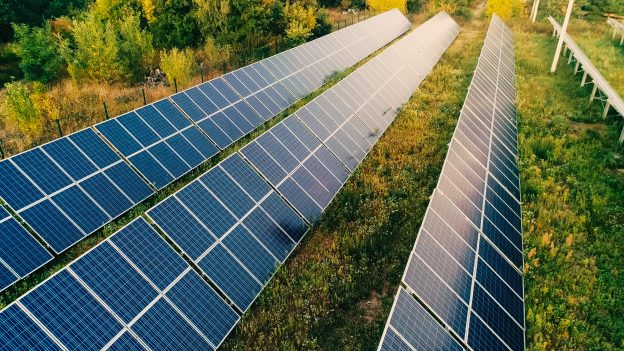In a country like India, where urban areas are densely populated and rooftop space is limited, community solar policies are key to achieving widespread use of renewable energy.
The Indian government has always aimed to ensure that everyone can enjoy clean energy in the future. The community photovoltaic policy enables individuals, businesses and organizations to share the benefits of photovoltaic power generation without requiring everyone to install photovoltaic panels on their roofs.
For the environment, using photovoltaics can help drastically reduce India’s carbon footprint and make a significant contribution to global efforts to mitigate climate change. Every community that uses solar energy brings us one step closer to massively reducing greenhouse gas emissions.
For Indian society, community solar policies could create 2.8 million jobs in the renewable energy sector by 2030, while stimulating the local economy by keeping energy spending within the community and helping participants save on energy bills.
In short, a community solar policy is a win-win for sustainability and economic growth – a smart choice for India’s future.
India’s community solar policy is still in its early stages and therefore still faces many challenges, such as policy and regulatory barriers, financial challenges, etc.
One of the reasons why community solar efforts in India have stagnated is the lack of clear national policies. While the United States, which also has community solar policies, has used strong policies to drive growth, India lacks cohesive guidelines, which creates uncertainty for developers and investors.
The complex and varied regulatory processes in each state only add to the challenges for companies, making it difficult to get projects off the ground. For example, in Maharashtra, the advancement of community solar policies requires approval from multiple agencies (including the State Electricity Regulatory Commission, local government agencies and utilities), a process that often leads to significant delays.
High upfront costs are a major barrier to community solar in India. Even with financial incentives, obtaining funding remains difficult, especially for smaller developers and low-income communities. Traditional lenders view these projects as risky, and there is little appetite for installing community solar.
In the United States, the concept of community solar has spread like wildfire since the first community solar project was implemented in Ellensburg, Washington in 2006. Florida, New York, Minnesota, and Massachusetts are leading the way, thanks to state-specific programs that have brought community solar into the mainstream.
Strong policies are needed for the U.S. market to thrive. The U.S. provides a blueprint for success through policies such as the Investment Tax Credit (ITC), which allows developers to offset project costs.
Additionally, states with Renewable Portfolio Standards (RPS) and Virtual Net Metering (VNM) enable consumers to maximize the benefits they can receive from community solar.
The Japanese community photovoltaic model emphasizes that the ownership of community photovoltaics belongs to the public, allowing residents to own and operate renewable energy projects in their own communities. This provides a lot of convenience for local residents in Japan and has won strong support from the public.
India's community solar policy can try to provide an intermediate solution to expand consumers' access to clean energy in the future. Especially for low-income households and urban areas, rooftop PV may not be built on a per-household basis due to space constraints. But by allowing multiple households to share a PV installation, it can help reduce costs and support energy equity.
Therefore, the community solar policy has a far-reaching impact on India. If the Indian government wants to further achieve the goals of the clean energy plan in the future, it must continue to attach importance to the planning and implementation of community solar.
Source:https://mp.weixin.qq.com/s/ZvlmGS01DBwCFE5uCugPeA







